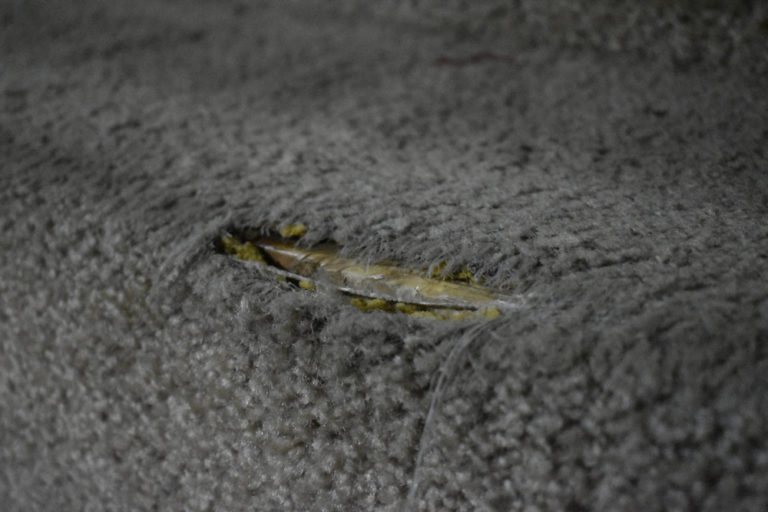
After suffering an injury on someone else’s property, you could seek damages. If you and the property owner share fault for the accident, you still may be eligible to seek compensation, but you could see your award reduced.
NRS §41.141 discusses partial liability in a case like this. Some of the key parts of this statute include:
- The injured party may not recover a judgment if his or her comparative negligence in the accident is greater than the defendant’s comparative negligence.
- A jury could award the injured party a percentage of the judgment he or she would be entitled to recover, based on the comparative negligence percentage.
- A jury could award the plaintiff the entire amount he or she is entitled to recover, ignoring the comparative negligence percentage.
As long as the property owner is found to be at least 50% responsible for the injury, you may be able to receive compensation. You and your attorney will need to present a variety of facts regarding the case to help you attempt to receive the fairest possible settlement amount or to show that your comparative negligence is equal to or less than that of the property owner.
How Due Care Applies to a Premises Liability Case
When you are legally a visitor or invitee on someone else’s property, you have the right to expect reasonable due care for your safety. This simply means that the property owner should have done everything reasonable and expected to provide an area that would be safe for visitors.
In a case where you may be partly at fault, the due care term also will apply to your actions prior to your injury. If you were not behaving carefully before your injury by taking undue risks, this means you may not have been exercising due care for your own safety.
How Partial Liability Works in an Injury Case
An example of a situation where the injured person and the property owner may end up sharing liability in a premises liability case would be where the injured person was drunk and tripped on a torn carpet in a hotel lobby, falling and suffering a back injury.
The jury may find that the two parties are equally at fault.
- Injured person at fault: The jury may determine that the injured person would not have fallen if he or she had not been drinking so much.
- Property owner at fault: The jury may also determine that the hotel had plenty of time to fix the carpet, which would have prevented the tripping accident.
In a case like this, the jury may determine 50% liability on the part of each party.
An Attorney Can Help You Work Toward Receiving a Fair Settlement
If the insurance company informs you that it is going to seek a finding of comparative negligence against you after your injuries on another person’s property, you still have the opportunity to try to show that you did nothing wrong. Or, if you were partly at fault, you could use the facts in the case to try to show that your percentage of negligence was far less than 50%.
You and your attorney can present facts to try to show a greater percentage of negligence on the part of the property owner, which may give you a chance to increase your settlement amount. Some of the ways to do this include:
- Performing interviews with witnesses who saw the accident
- Determining how long the dangerous situation on the property existed
- Reviewing any photographs or videos of the property
- Presenting reports from medical providers who cared for you
- Reviewing any police reports about the incident
Our Team Is Ready to Tackle the Most Complex Premises Liability Cases
At High Stakes Injury Law, our team is ready to try to help you receive the settlement amount that you deserve. We appreciate the opportunity to take on complex cases, defending the rights of victims of the negligence of others.
For a free consultation, call us as soon as possible. According to NRS §11.190(4)(e), injured parties have up to two years to start the process of filing a claim.

